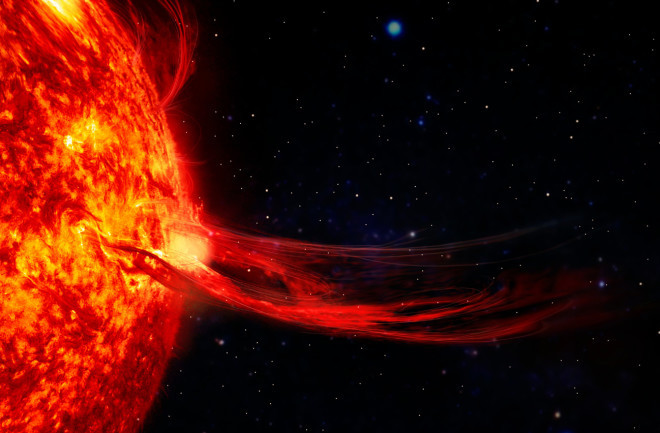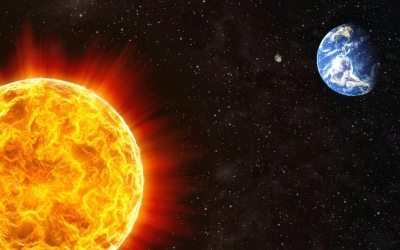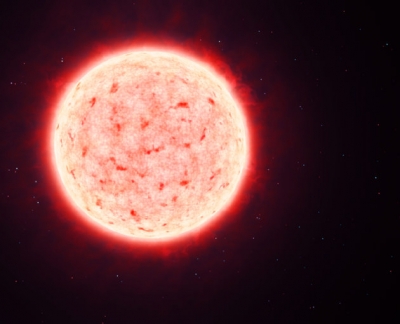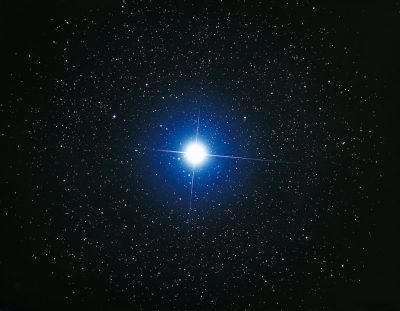What is a solar flare?

Sometimes a sudden, rapid, and intense variation in brightness is seen on the Sun. That is a solar flare. A solar flare is a sudden explosion of electromagnetic energy caused by reorganising of magnetic field lines near sunspots. (Sunspots are dark blotches that form on the surface of the Sun, where the magnetic fields are particularly strong). The flares are seen as bright areas on the Sun and they can last from minutes to hours. We typically see a solar flare by the photons (or light) it releases, at almost every wavelength of the spectrum. The current solar flares are just part of the Solar Cycle 25, which began in December 2019.
Even though the solar flare stays close to the Sun (relatively speaking), the material thrown in to space by these explosions is radioactive. It is potentially dangerous to spacecraft and especially to people in space. Solar flares emit radiation across virtually the entire electromagnetic spectrum, from radio waves at the long wavelength end, through optical emission to x-rays and gamma rays at the short wavelength end. This radiation can corrode equipment, overload cameras or MICAS, and expose humans to dangerous levels of radiation.
Solar flares are classified as A, B, C, M or X according to the peak flux (in watts per square metre, W/m2) of 1 to 8 Ångströms X-rays near Earth, as measured by XRS instrument on-board the GOES-15 satellite which is in a geostationary orbit over the Pacific Ocean.
The A & B-class are the lowest class of solar flares. They are very common and not very interesting. C-class solar flares are minor solar flares that have little to no effect on Earth. Only C-class solar flares which are long in duration might produce a coronal mass ejection but they are usually slow, weak and rarely cause a significant geomagnetic disturbance here on Earth. M-class solar flares are what we call the medium large solar flares. They cause small (R1) to moderate (R2) radio blackouts on the daylight side of the Earth. X-class solar flares are the biggest and strongest of them all. On average, solar flares of this magnitude occur about 10 times a year and are more common during solar maximum than solar minimum. Some (mostly stronger) solar flares can launch huge clouds of solar plasma into space which we call a coronal mass ejection. When a coronal mass ejection arrives at Earth, it can cause a geomagnetic storm and intense auroral displays.
Credit : Space Weather Live
Picture Credit : Google




